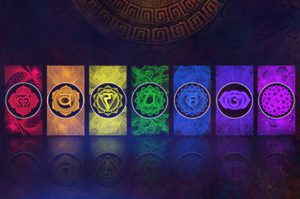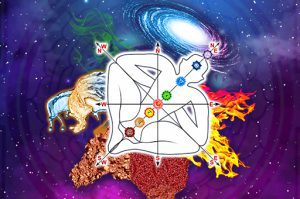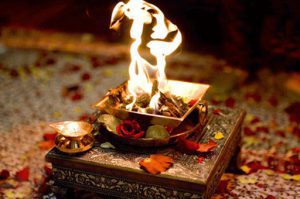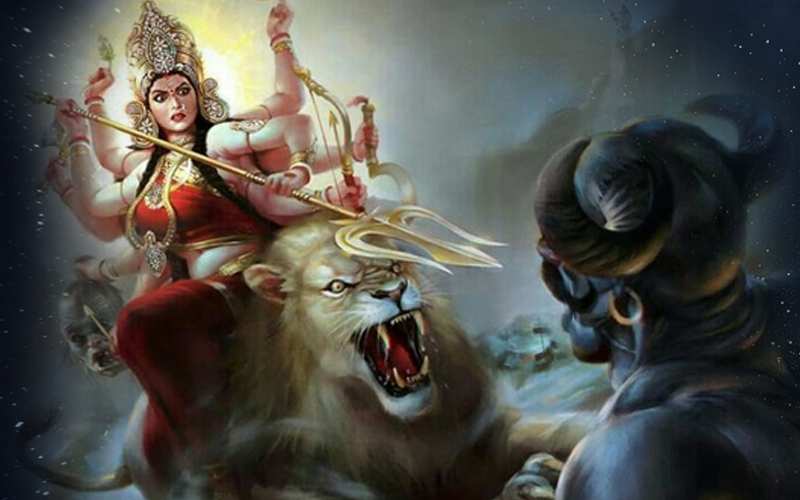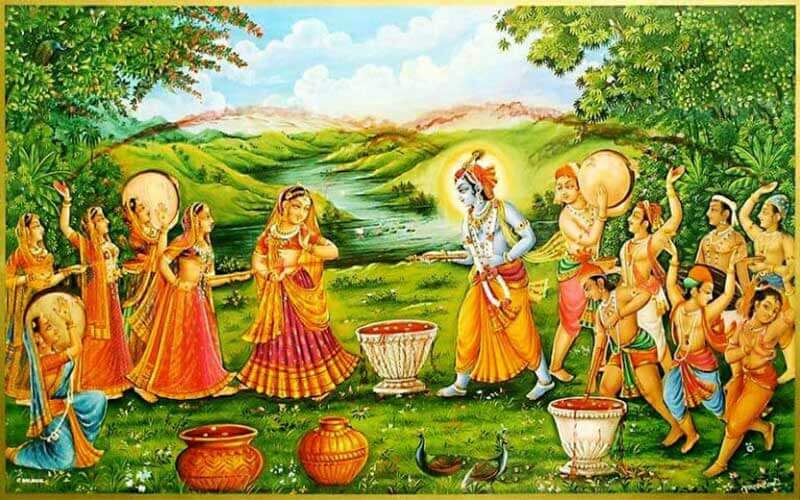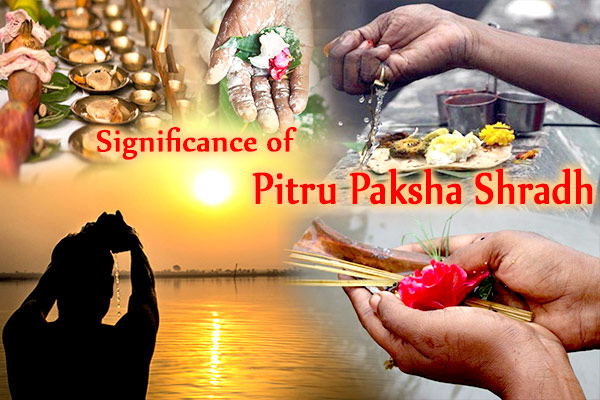
Pitru Paksha 2023 will begin on Friday, 29 September and ends on Saturday, 14 October is a period when Hindus offer prayers their ancestors, especially through food offerings called ‘Shraadha’.
The word `Pitr Paksha’ comprises of two words `Pitr’ which means ancestors and the `Paksha’ which means phase of the moon. It is a 16-lunar day period and is an occasion to pacify the departed ancestors by performing rites to repay debts to the ancestors. During this period of 15 days, the Shraddha or Tarpan of the ancestors is performed on the Tithi on which they met eternity. Apart from this, each day is dedicated to the Tarpan of all the ancestors in this period.
Significance
According to the Hinduism, the body is destructible but a soul is eternal. It can neither be created nor can be destroyed. Lord Krishna in Bhagwat Gita says, “for the soul there is neither birth nor death at any time. The soul is unborn, eternal, ever existing and primeval. It is not slain when the body is slain.” The Pitra Paksha rites liberate a soul from the vicious circle of life and death and it attains salvation. The Shraddha of Pitra Paksha involves oblations to three preceding generations by taking their names and also by taking name of the family tree or Gotra.
These rites are performed by current generation to repay the debts of ancestors. It is said that ancestors(Pitrs), gods(Devas) and ghosts(Pretas) when are propitiated bestow health, wealth, wisdom, longevity and eventually salvation.
Legend of Pitru Paksha
Hindu mythology says that there exists a zone between heaven and earth which is known as Pitr-Loka. All the ancestors or Pitrs dwell at this place. This zone is governed by Yamadeva or god of death. The person of first generation goes to heaven only when the person of second generation dies and hence the death rites or Shraddha for the person of first generation are not completed. Therefore, in Pitr Paksha the Shraddha of ancestors of three preceding generations is done to propitiate them.
It is believed that Sun enters zodiac sign of Virgo at the beginning of this period. On this day, the departed souls of ancestors or forefathers leave the Yamaloka or abode of Yama and descend to earth to acknowledge the rites performed by their descendants untill the Sun enters next zodiac sign which is Scorpio.
Time and Place of Shraddha
The Shraddha or Tarpana of the ancestors is performed on the Tithi on which they died but there are certain exceptions to it. The fourth day or Chautha Bharani and the fifth day or Baharani Panchmi is allotted for people who died in the previous year. Avidha Navami is for married women who died before their husbands. Ghata Chaturdashi is for people who died in a sudden and violent death. The Mahalaya or Sarvpitri Amavysya is for all the ancestors and forefathers.
A descendant usually performs Shraddha or Tarpana at his home but people perform these rites at pilgrimages like Gaya, Allahabad and Kashi also.
Rituals of Shraddha
The rituals of Shraddha are generally performed by an eldest son or an eldest male member of the family.Pictures of the ancestors are kept and they are prayed to by offering flowers and lighting a lamp in front of them. The Shraddha ritual also involves Pinda-Dan which is an offering to the ancestors in the form of balls of cooked rice, barley and ghee. A meal is prepared which is offered to cow, dog, crow and insects. The Brahmins are fed and are offered alms. The whole family eats the food as Prasada after this whole process is completed.


